Citizenship British Role Physicist Name Peter Mansfield | Doctoral advisor Jack Powles Nationality English | |
 | ||
Thesis Proton magnetic resonance relaxation in solids by transient methods (1962) Known for Magnetic resonance imaging Books The Long Road to Stockholm: The Story of Magnetic Resonance Imaging - An Autobiography Similar People Paul Lauterbur, Raymond Vahan Damadian, Richard Axel, Linda B Buck, Sydney Brenner | ||
Sir peter mansfield talks about the development of mri
Sir Peter Mansfield FRS, (9 October 1933 – 8 February 2017) was an English physicist who was awarded the 2003 Nobel Prize in Physiology or Medicine, shared with Paul Lauterbur, for discoveries concerning Magnetic Resonance Imaging (MRI). Mansfield was a professor at the University of Nottingham.
Contents
- Sir peter mansfield talks about the development of mri
- Peter mansfield 08 how epi echo planar imaging w
- Early life
- Education
- Career
- Private life
- References
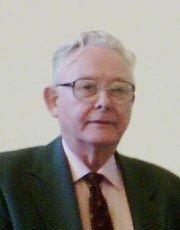
Peter mansfield 08 how epi echo planar imaging w
Early life
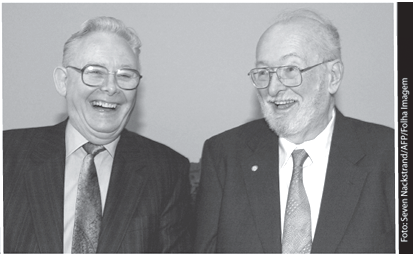
Mansfield was born in Lambeth, London on 9 October 1933, to Sidney George (a gas fitter) and Rose Lillian Mansfield. Mansfield is the youngest of three brothers.
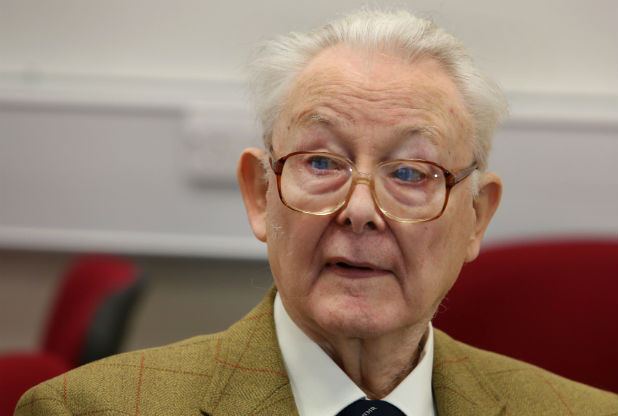
Mansfield grew up in Camberwell. During World War II he was evacuated from London, initially to Sevenoaks and then twice to Torquay, Devon, where he was able to stay with the same family on both occasions. On returning to London after the war he was told by a school master to take the 11+ exam. Having never heard of the exam before, and having no time to prepare, Mansfield failed to gain a place at the local Grammar school. His mark was, however, high enough for him to go to a Central School in Peckham. At the age of 15 he was told by a careers teacher that science wasn't for him. He left school shortly afterwards to work as a printer's assistant.

At the age of 18, having developed an interest in rocketry, Mansfield took up a job with the Rocket Propulsion Department of the Ministry of Supply in Westcott, Buckinghamshire. Eighteen months later he was called up for National Service.
Education
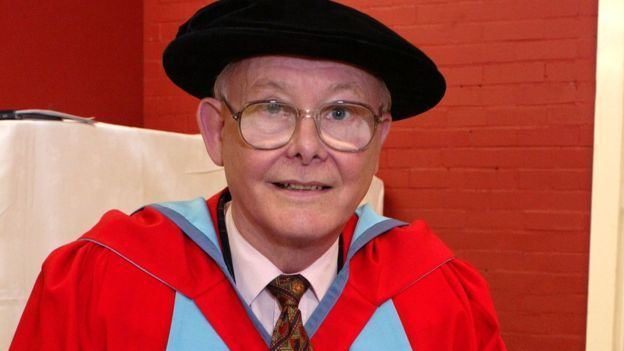
After serving in the army for two years, Mansfield returned to Westcott and started studying for A-levels at night school. Two years later he gained entrance to study physics at Queen Mary College, London.
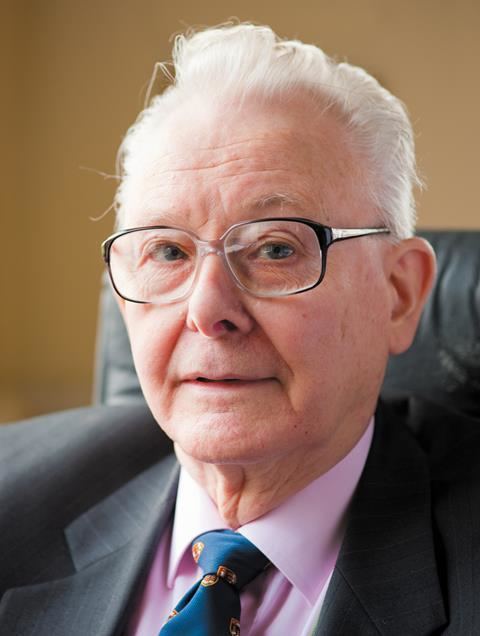
Mansfield graduated with a BSc from Queen Mary's in 1959. His final-year project, supervised by Dr. Jack Powles, was to construct a portable, transistor-based spectrometer to measure the Earth's magnetic field. Towards the end of this project Powles offered Mansfield a position in his NMR research group. Powles' interest was in studying molecular motion, mainly liquids. Mansfield's project was to build a pulsed NMR spectrometer to study solid polymer systems. He received his PhD in 1962; his thesis was titled Proton magnetic resonance relaxation in solids by transient methods.
Career
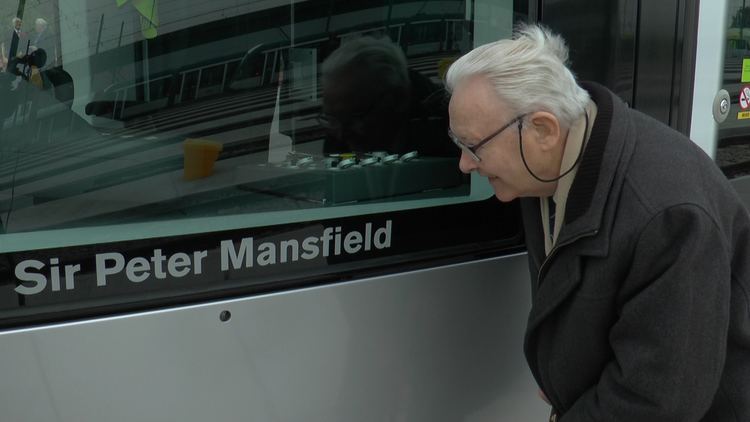
Following his PhD, Mansfield was invited to postdoctoral research with Charlie Slichter at the University of Illinois at Urbana–Champaign, where he carried out an NMR study of doped metals.
In 1964 he returned to England to take up a place as a Lecturer at Nottingham University where he could continue his studies in multiple-pulse NMR. He was successively appointed Senior Lecturer in 1968 and Reader in 1970. During this period his team developed the MRI equipment with the help of grants from the Medical Research Council. It was not until the 1970s with Paul Lauterbur's and Mansfield's developments that NMR could be used to produce images of the body. In 1979 Mansfield was appointed Professor of the Department of Physics until his retirement in 1994.
Mansfield is credited with inventing 'slice selection' for MRI and understanding how the radio signals from MRI can be mathematically analysed, making interpretation of the signals into a useful image a possibility. He is also credited with discovering how fast imaging could be possible by developing the MRI protocol called echo-planar imaging. Echo-planar imaging allows T2* weighted images to be collected many times faster than previously possible. It also has made functional magnetic resonance imaging (fMRI) feasible.
Private life
Mansfield married Jean Margaret Kibble (b. 1935) in 1962. He had two daughters.
Mansfield died in Nottingham on 8 February 2017, aged 83.
